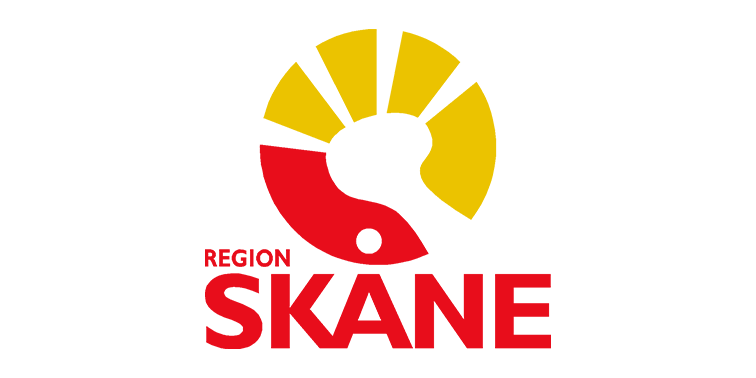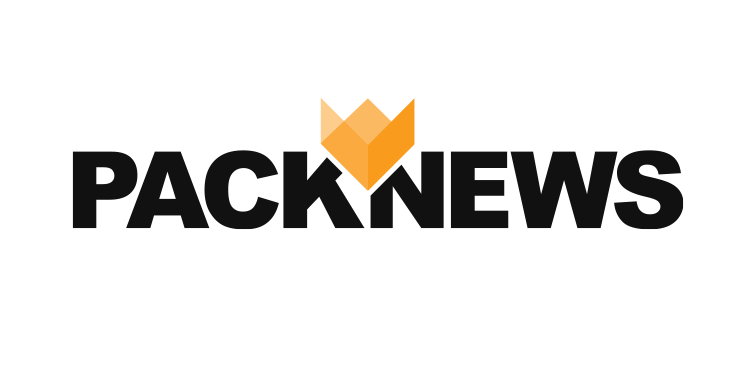Major interest from industry in the Packbridge Research Forum

Lars Samuelson, Lunds universitet
Around 150 people were present when the Packbridge Research Forum presented cutting edge packaging research from the academic world and research organisations in the Nordic countries. Normally when the academic world presents its latest news, the audience consists of people from the same world, but the unique aspect of the conference on 7 May was that representatives from industry formed the majority of the audience. This demonstrates the great interest that industry has in what is taking place inside research and is a clear signal that the Packbridge Research Forum is needed and important.
During the day, fourteen speakers were present at Medicon Village in Lund, giving insights into a very wide range of packaging research. Here is a brief summary.

Anna Bergstrand, Chalmers Industriteknik
First up was Lars Samuelson from the Nanometer Structure Consortium at Lund University. He began by saying that he was probably the person present with the least knowledge of packaging and then took the audience on a quick journey through the history of nanoscience before describing the nanotechnology research situation in Lund. Lars noted that nanotechnology is important for the packaging industry and that it will become still more important in the future.
Anna Bergstrand from Chalmers Industriteknik asked whether foamed material based on hemicellulose can be of use as a packaging material – and showed that the answer is “Yes”. The development concerns the shift from fossil-based to renewable raw materials and it is taking place in the context of a project called SmartFoam. Packbridge is a member of the working group. This is a five-year project that began in 2014.

Jesper Clement, Copenhagen Business School
Jesper Clement from Copenhagen Business School is researching how we behave in shops and how we notice new packaging and new design. Eye-tracking – determining what catches our eye – is important in his work. In brief, his message was that contrast and form are a must and that the design must be easy for the consumer to understand when they are trying to make a quick, easy decision.
Peter Rättö came from Innventia to talk about the opportunities represented by printing presses. He asked whether they can be used to create function in packaging – and once again, the answer was “Yes”. You can print barriers, surfaces which should be experienced in a particular way or which should provide a good grip, for example. In other words, you can improve the characteristics of an item of packaging in a flexible manner.
The fact that packaging is an important interface between the product and the consumer was emphasised by Annika Olsson from LTH, who explored whether we can create value from this. She observed that it is a potential value-creator, but that value is only value if the consumer really perceives it as such. Otherwise it isn’t added value but merely added cost. Her presentation also examined the new book, “The (un)sustainable package”, of which she is one of the authors, and which looks at packaging within the food, medication and luxury packaging sectors.

Jouni Lattu, VTT
The day began with nanotechnology, but the next two speakers, Helena Theander from Chalmers and Niklas Lorén from SP Food and Bioscience, addressed an alternative; namely graphene, which has been described as a material for the future, and of course one of great interest to the packaging industry. One area is coatings, where it is possible to create superhydrophobic surfaces or highly effective oxygen barriers. You can also make small holes in the layer to create an ultrafine membrane which is permeable to water but not salt if you pour salt water on it. Graphene has unique permeability, but also unique mechanical properties.
How can we use protein-based materials to tailor-make new conditions for packaging? This question was answered by Ramune Kuktaite and Bill Newson from SLU. There are no products of this type on the market today. The project employs plant-based proteins to produce a biobased material with good gas barrier properties and which can even be used to produce edible packaging. However, there are still many issues to resolve according to these two speakers.

Cecilia Fredriksson, Lunds Universitet Campus Helsingborg
Jouni Lattu represented Finnish VTT. He gave an in-depth presentation of a packaging application; barrier polymers for conservation applications. This was VTT GAT, a polymer with good oxygen barrier and mechanical properties. The idea is that the material will be used as a barrier in packaging for food and drink. In 2020 it will be possible to manufacture 8 000 tonnes per year. In price terms, it will be at the same level as the well-known EVOH. In addition, unlike EVOH the material is biodegradable. The material is also slightly better than EVOH regarding oxygen permeability, and is transparent.
Cecilia Fredriksson is an ethnologist, so packaging isn’t specifically her area of expertise. She is researching retail at Lund University in Helsingborg. She discussed consumption patterns and morals and ethics in consumption.
Under the extremely broad title of Packaging research at the Danish Technology Institute, Søren Østergaard examined a number of current packaging projects, although the fibre-based bottle that Carlsberg is hoping to start using in around three years got most interest from the audience. Following his presentation, many attendees took the opportunity to examine and discuss the bottle.

Marie Ernstsson från SP Chemistry, Materials and Surfaces
The last-but-one speaker was Marie Ernstsson from SP Chemistry, Materials and Surfaces, who returned to the subject of chemistry. She discussed the opportunities for improving adhesives in self-adhesive paper labels by identifying migrating components. This involves looking at nanometre thick surfaces. Her research shows that many factors affect adhesion and other characteristics.
The day ended with Axel Steuwer from Invest in Skåne, who provided an up-to-date report on two major facilities being constructed close to Medicon Village in Lund, namely the ESS and Max IV, two gigantic microscopes based on electrons (Max IV) and neutrons (ESS). It will still be a few years before they are both finished. Hopefully the ESS will be ready for use in 2019. Both facilities can be extremely useful in packaging material research.
Adjacent to the conference was a table exhibition where there was at least one well-travelled exhibitor. PopPack from San Francisco is a new member of Packbridge and the company had travelled half way around the world to show off its unique opening solution. Speaking about their visit a few days later, William Perell and his wife – who also works for the company – said:
”The intimate gathering of professionals sharing their research and innovations made the journey from San Francisco worth every minute and every mile of travel. We have attended packaging conferences in Germany, Japan, and the United States, and without hesitation we can state that not one of them holds a candle to the unforgettable day we spent with Packbridge members in Lund.
We’ll be back again!”
While we will happily accept the praise, naturally we still aren’t satisfied. It will be even better in the future.





Leave a Reply
Want to join the discussion?Feel free to contribute!